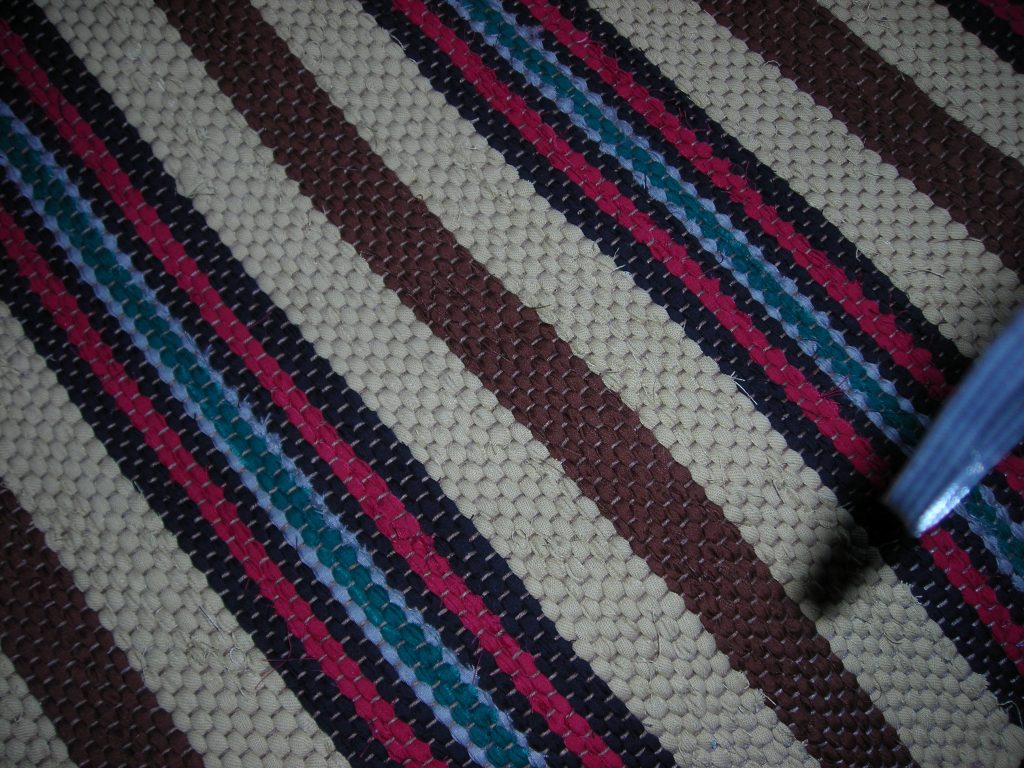
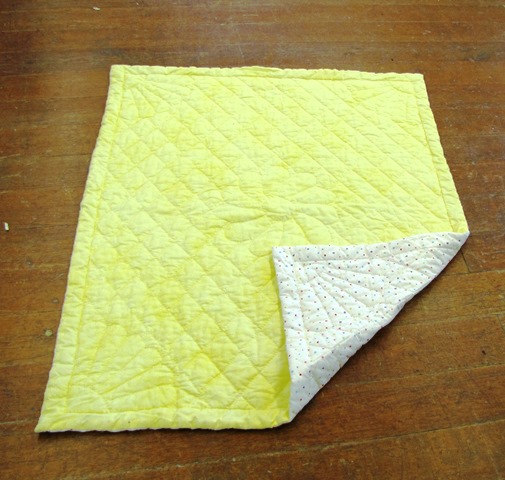
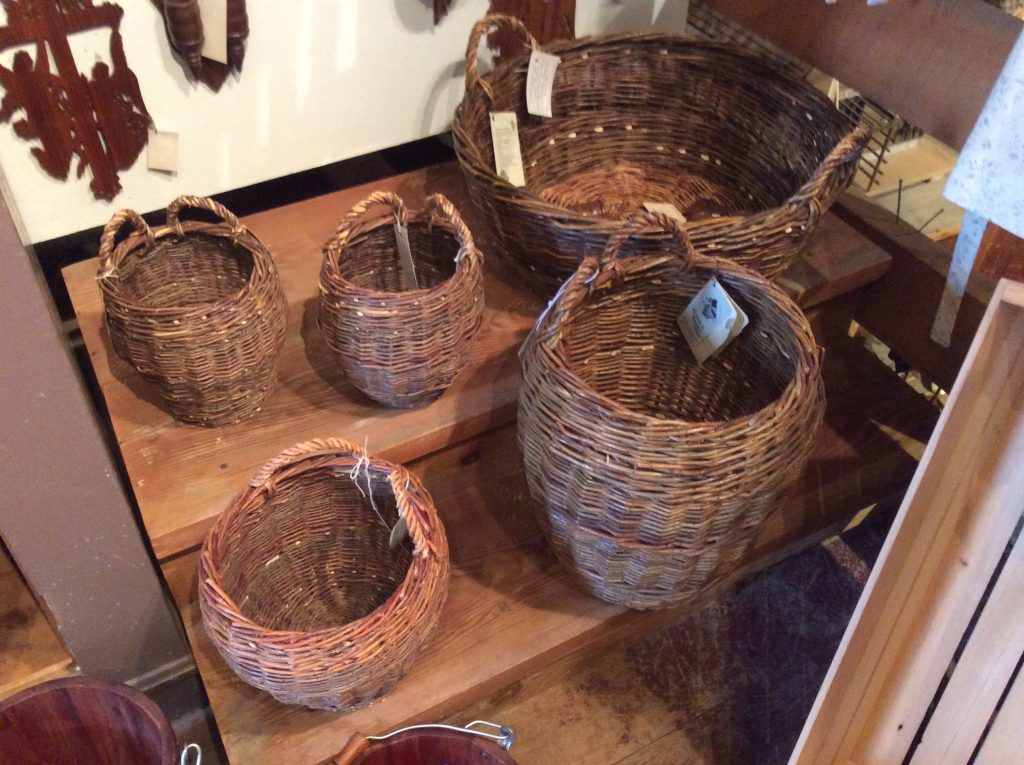
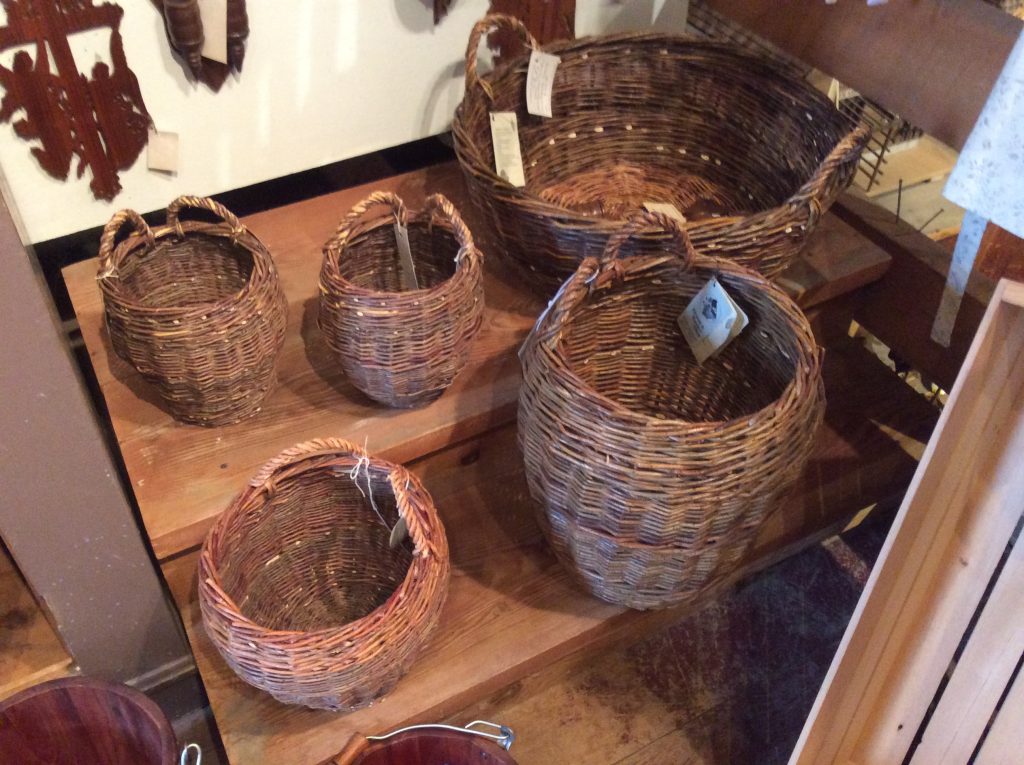
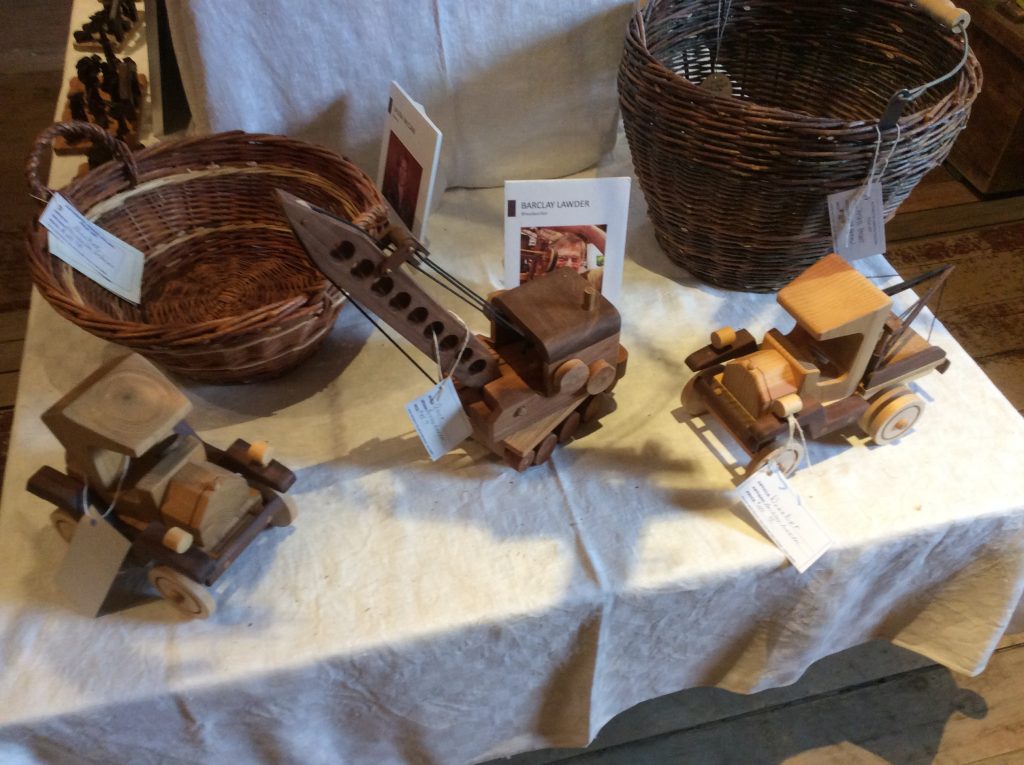
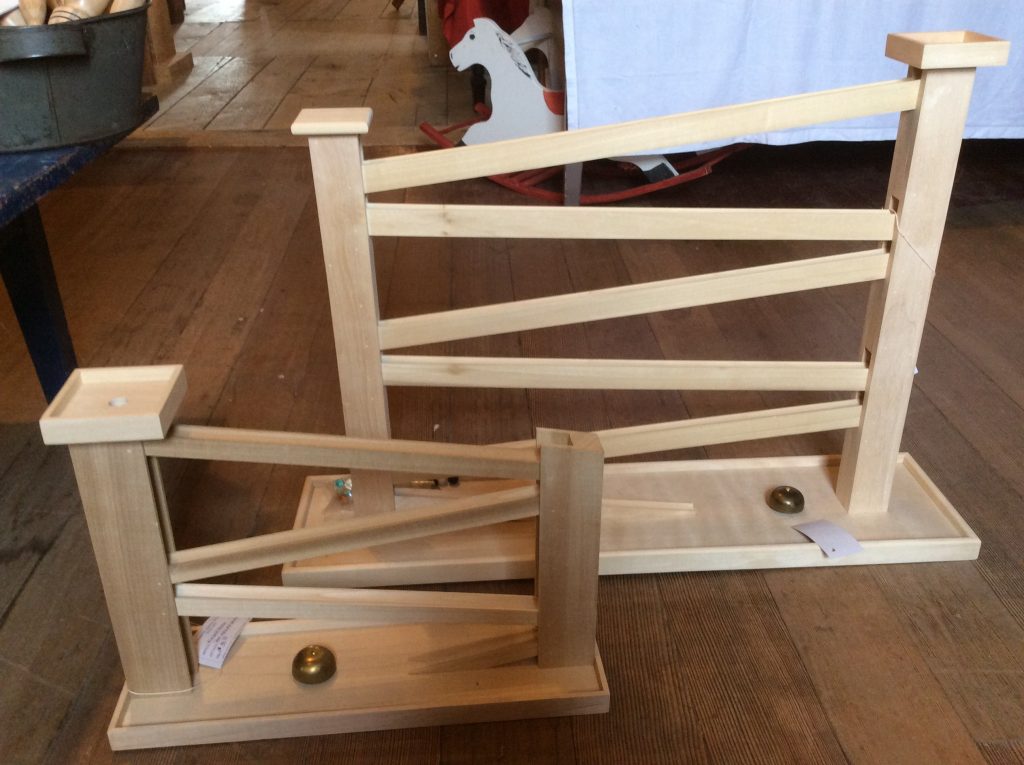
The Amana Arts Guild Gallery and Sales Shop is in the attic of the former church in High Amana. The space allows one to see the sturdy frame construction of mortises and tendon and held together by wooden pegs. The Guild showcases historic Amana folk art as well as present work of local craftspeople. We serve to preserve the folk art of past generations and to pass on artistic traditions to future generations. Many of Amana’s traditional art forms are still practiced today. Area artisans still practice woodworking, willow basketry, needlework, quilting, blacksmithing, rug-making and weaving. On the lower level of the building is an activity space that is used for art and craft classes. Here many of the traditional folk arts are passed on to our next generations. We offer such classes as quilting, basketry, weaving, cooking, rug weaving and needlework. We also host 2-3 special exhibits throughout the year.
The Amana Arts Guild building was once the High Amana Church; it was the first permanent church building built in the Amanas and was constructed in 1858 from sandstone that was quarried out of a hillside just ½ mile east of the village along highway 220. The wooden structure attached to the church was the first school that housed grades 1-8. The school master lived upstairs. The small wooden building south of the center is the wash house where they did the laundry.
Except for their size the Inspirationist churches were largely indistinguishable from residences although, unlike homes, they were never built of wood. In contrast to the brick Community Church Museum in Homestead the High Amana Church was built of sandstone. Each village had a main church building which was the principal place of worship. The Saal (meeting hall) occupied the long middle section. The High Amana church was different from other colony churches because instead of two sets of doors for men and women to enter the church separately, this church had only one set of doors. Men and women entered through the same door and then were seated on opposite ends of the Saal. The largest meeting room in the principal church building was used for general church meetings. Residences, however, often had special church rooms which were used for daily prayers. Each church building was furnished with plain benches of scrubbed pine which took on a bleached appearance. Walls and ceilings were painted blue as they were in the residences. The presiding elders sat facing the congregation on plain benches and a simple table held a lamp and the necessary books for worship and song. Men and women sat on opposite sides of the room and the room was always divided by a center aisle which was parallel to the two shorter side walls of the church. Today most of the church services are held in the Middle Amana Church on Sunday mornings; 8:30am for the German service and 10am for the English service. Visitors are welcome to attend. There are also special services on Wednesday and Saturday evenings.




